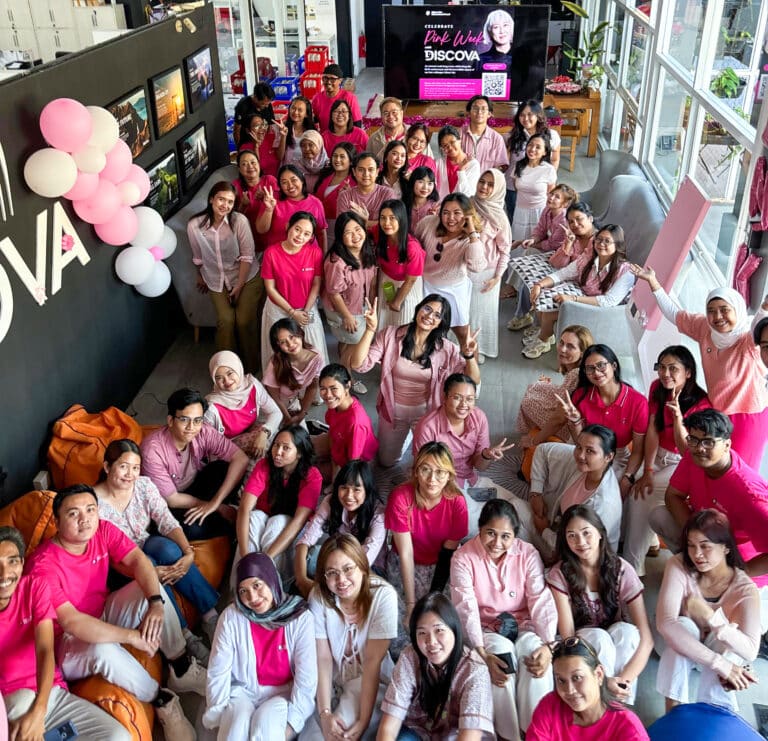Poverty That Steals Potential
For families living on just a few dollars a day, education competes with survival. Uniforms, transport, and exam fees can be out of reach. Children are often pulled from school to help with farming or care for siblings.
As one educator explained, “It’s not that parents or grandparents don’t value education. It’s just that survival comes first.”
Poverty also shapes what happens inside the classroom. In some countries, key exam content is only taught in paid extra lessons. As the US columnist Joel Brinkley wrote in his book Cambodia’s Curse, “Teachers routinely withheld curriculum from classroom instruction, instead offering it only to students who paid extra for private lessons. If you wanted to pass the national exam, you had to pay. If you couldn’t, you failed.”
Even in countries with stronger systems, success in university entrance exams often depends on access to additional books or tutoring. Students from lower-income schools have to self-study — while still helping at home.
And yet, even amid these challenges, students continue to dream:
“This financial aid will help me get essential books for the university test,” said one student. “If I have anything left over, I’ll save it for tuition.”
It’s a reminder that potential exists in every corner — it simply needs the chance to rise.
